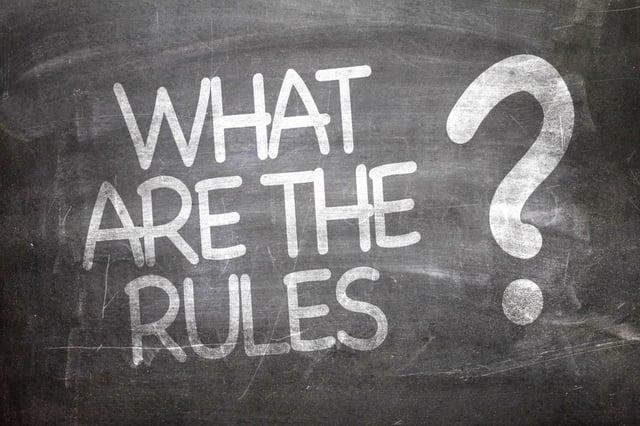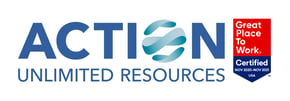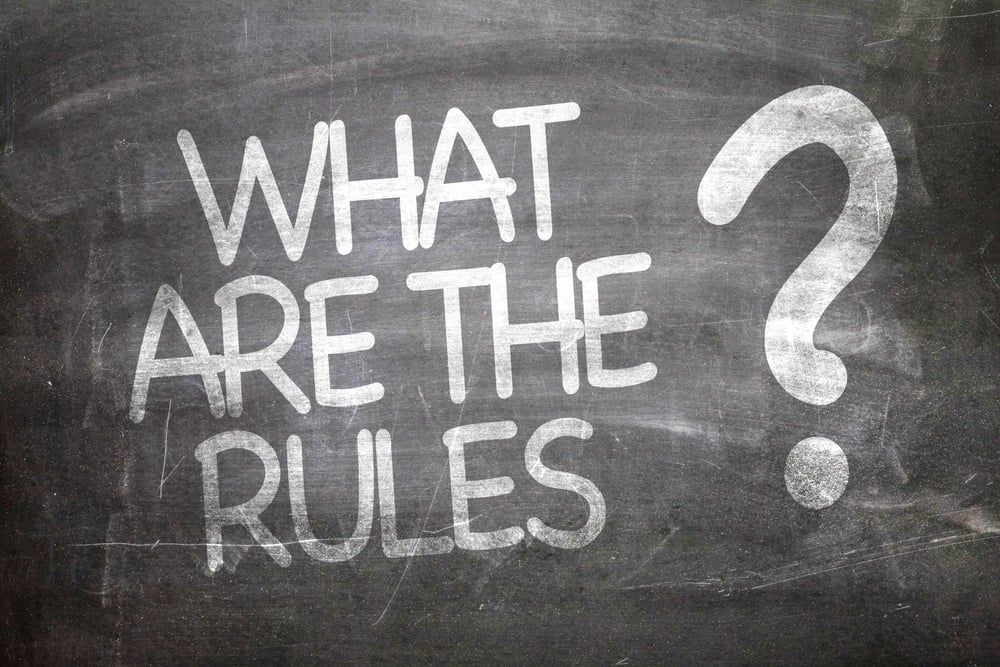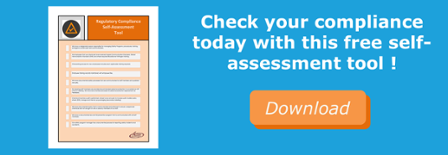
When you are responsible for the health and welfare of a facility full of people a great many things weigh on your mind. The last thing you want is for someone to become ill or injured because of the cleaning supplies used in the building. Here is a quick rundown of the regulations and safety precautions related to the cleaning chemicals in your facility.
Know the Federal Regulators
The Occupational Safety and Heath Association aka OSHA
It is vitally important to know the OSHA regulations and procedures required for the cleaning products in your facility. Be aware of the Hazard Communication Standard (formerly known as “The Right to Know”) and your responsibilities as an employer.
Consider the following factors when evaluating your cleaning supply list:
- Chemical ingredients
- Storage and ventilation
- Whether mists, vapors and/or gases are released
- Using the least hazardous cleaning chemical that will accomplish the task at hand
Employers must provide training and maintain safety data sheets (SDS) for all hazardous cleaning products and chemicals and make the following readily accessible to workers:
- Hazardous chemical ingredients
- Symptoms, health problems and first-aid measures for exposure
- Recommended protective equipment: gloves, safety goggles, respirators, etc.
- Proper procedures for spill clean-up
- Dilution instructions for use of concentrated chemicals
- Product labeling meeting required standards for contents and hazards
- Proper ventilation where applicable
- Personal wash area
- List of products approved for use
The Environmental Protection Agency aka EPA
The EPA regulates disinfectants, sanitizers and pesticides. All products making claims to be a disinfectant, sanitizer or pesticide are subject to testing to legally make these claims. Product labeling approval and EPA registration numbers are required by all products making such claims.
EPA Classification of Cleaning Products
- Cleaners: remove dirt through scrubbing, rubbing down or mopping
- Sanitizers: contain chemicals that reduce microorganisms such as bacteria, molds, and viruses- public health codes require sanitizers in toilets and food preparation areas
- Disinfectants: destroy or inactivate infectious microorganisms- crucial in hospitals and other healthcare facilities
Tools to Reduce Harmful Cleaning Chemicals
Often, preventative measures taken early will reduce the cleaning workload and decrease the use of harmful chemicals. For example, place floor mats inside and outside of entryways (to reduce dirt entering the building) and use the following tools to reduce cleaning and chemical use:
- Microfiber mops, cloths, and dusters
- High-filtration HEPA vacuums
- Walk-behind hard floor auto-scrubbers
- Bucket-less cleaning systems
Green Products
To further protect workers and the environment, the EPA recommends using Environmentally Preferred Products. Be aware that all products claiming to be “green” may not be what you expect.
Compliance Wrap Up
This overview is not exhaustive, but it’s a great start to introduce the guidelines and regulations that exist around cleaning products. There are many more resources online. Always use common sense and always consider the health of the people cleaning and occupying your facility. Remember that in doing so you will also positively impact the environment and our planet.
Implementing a safety program and communicating current and up-to-date information with staff are the best ways to keep people safe and keep your facility in regulatory compliance.




Enjoy this blog? Leave a comment or ask a question!